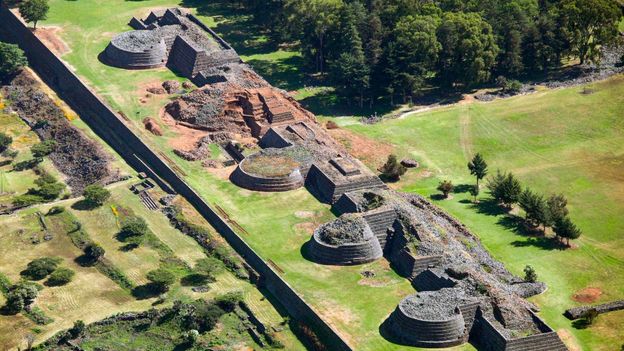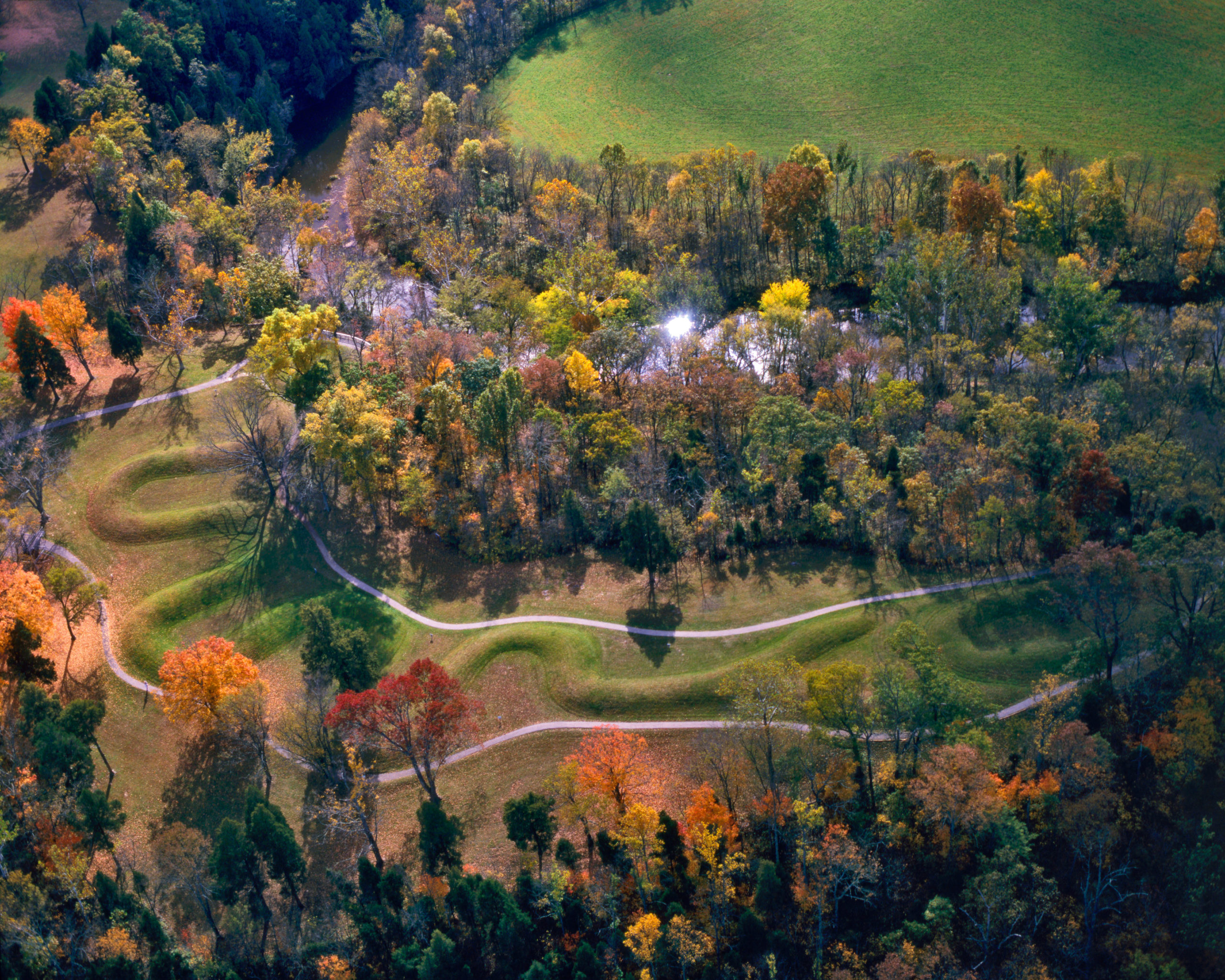Stryder50
Platinum Member
Lead off with this one.
The mysteries of an ancient civilization that survived for more than a millennium on the island of Malta—and then collapsed within two generations—have been unravelled by archaeologists who analyzed pollen buried deep within the earth and ancient DNA from skulls and bones. It’s part of a field of work that is expanding the use of archaeological techniques into environments where they were previously thought to be unusable.
The Temple Culture of the Maltese archipelago in the Mediterranean began nearly 6,000 years ago and at its height probably numbered several thousand people—far denser than the people of mainland Europe could manage at the time. The island people constructed elaborate sacred sites, such as the famous Ġgantija temple complex, and their buildings are among the earliest free-standing buildings known. But, after 1,500 years, they were gone.
...
:extract_focal()/http%3A%2F%2Fstatic.nautil.us%2F16245_4fa478df5573b6597248fd32f3200107.jpg)
 getpocket.com
~~~~~~~~~~~~~
getpocket.com
~~~~~~~~~~~~~
This is happening while the civilization of Sumer, as supposed 'First" was just getting started.
Also implies some rather developed sailing/ship handling/navigation skills to have gotten to Malta in the first place.
Why a Thriving Civilization in Malta Collapsed 4,000 Years Ago
Malta’s lost civilisation only lasted 1,500 years but it produced some of the oldest buildings still standing today.
...The mysteries of an ancient civilization that survived for more than a millennium on the island of Malta—and then collapsed within two generations—have been unravelled by archaeologists who analyzed pollen buried deep within the earth and ancient DNA from skulls and bones. It’s part of a field of work that is expanding the use of archaeological techniques into environments where they were previously thought to be unusable.
The Temple Culture of the Maltese archipelago in the Mediterranean began nearly 6,000 years ago and at its height probably numbered several thousand people—far denser than the people of mainland Europe could manage at the time. The island people constructed elaborate sacred sites, such as the famous Ġgantija temple complex, and their buildings are among the earliest free-standing buildings known. But, after 1,500 years, they were gone.
...
:extract_focal()/http%3A%2F%2Fstatic.nautil.us%2F16245_4fa478df5573b6597248fd32f3200107.jpg)
Why a Thriving Civilization in Malta Collapsed 4,000 Years Ago
Malta’s lost civilisation only lasted 1,500 years but it produced some of the oldest buildings still standing today.
This is happening while the civilization of Sumer, as supposed 'First" was just getting started.
Also implies some rather developed sailing/ship handling/navigation skills to have gotten to Malta in the first place.

